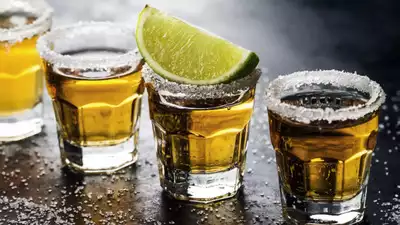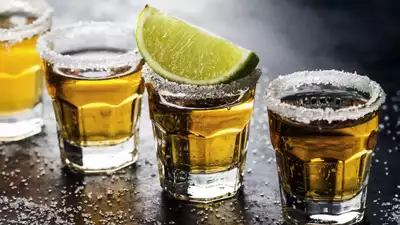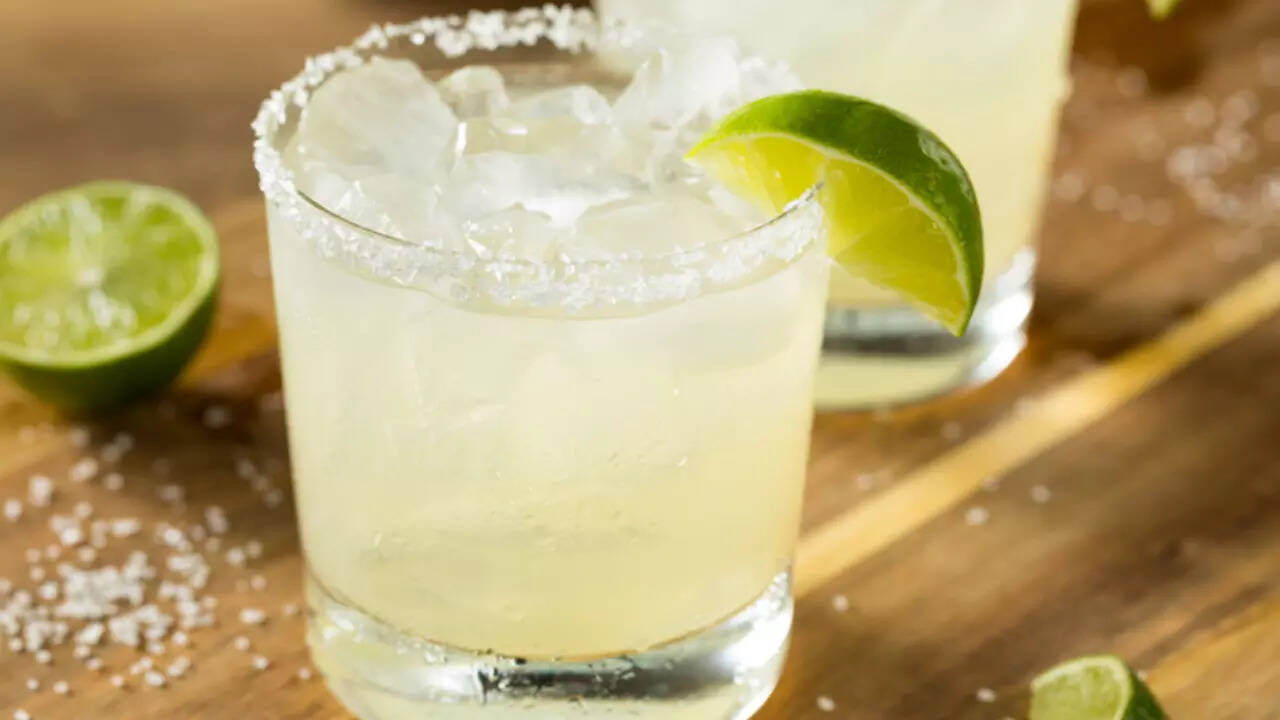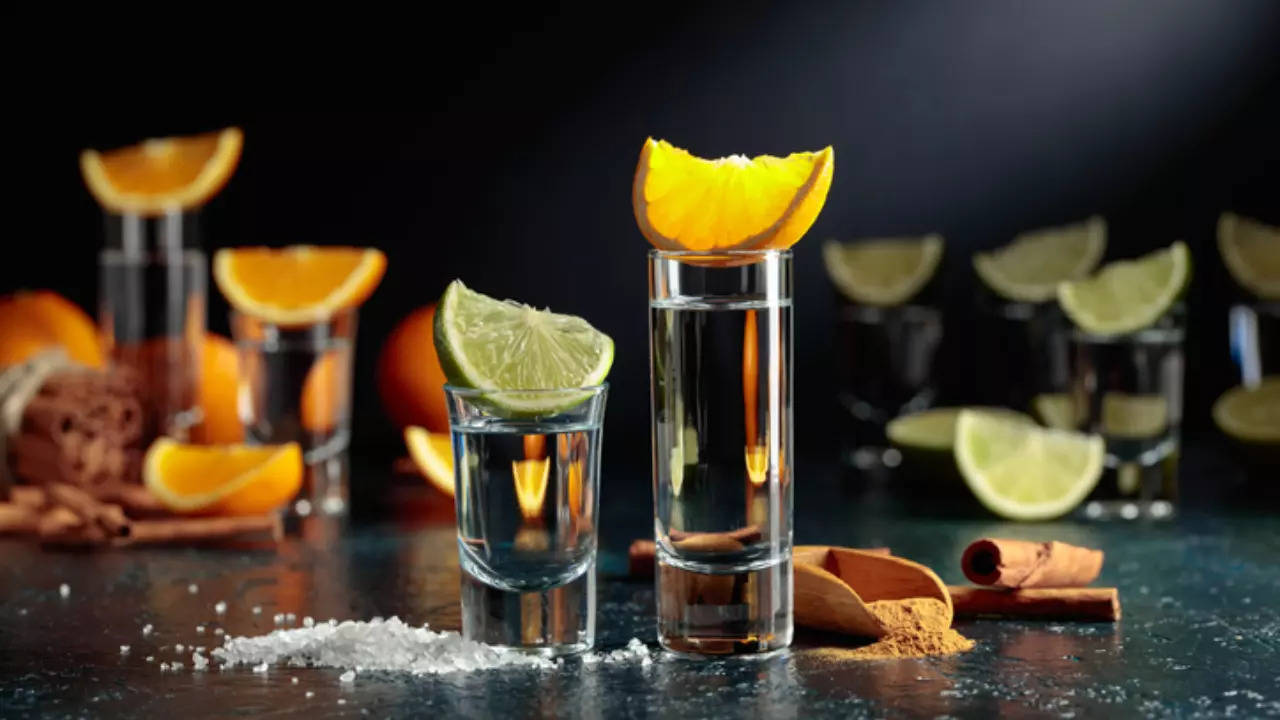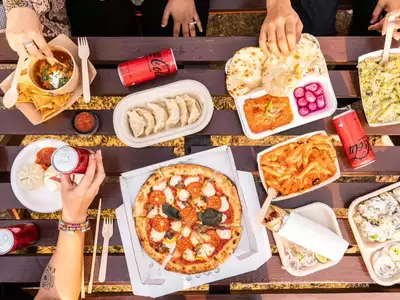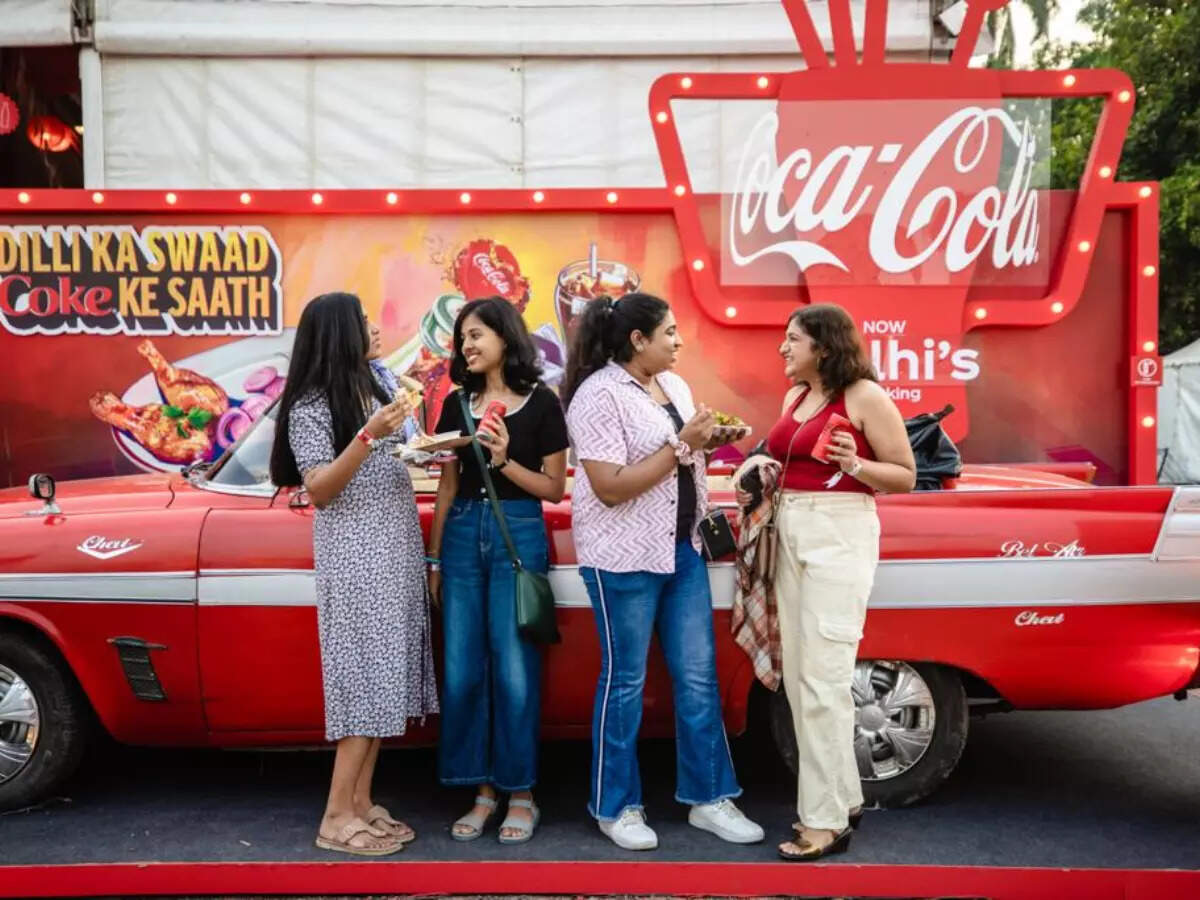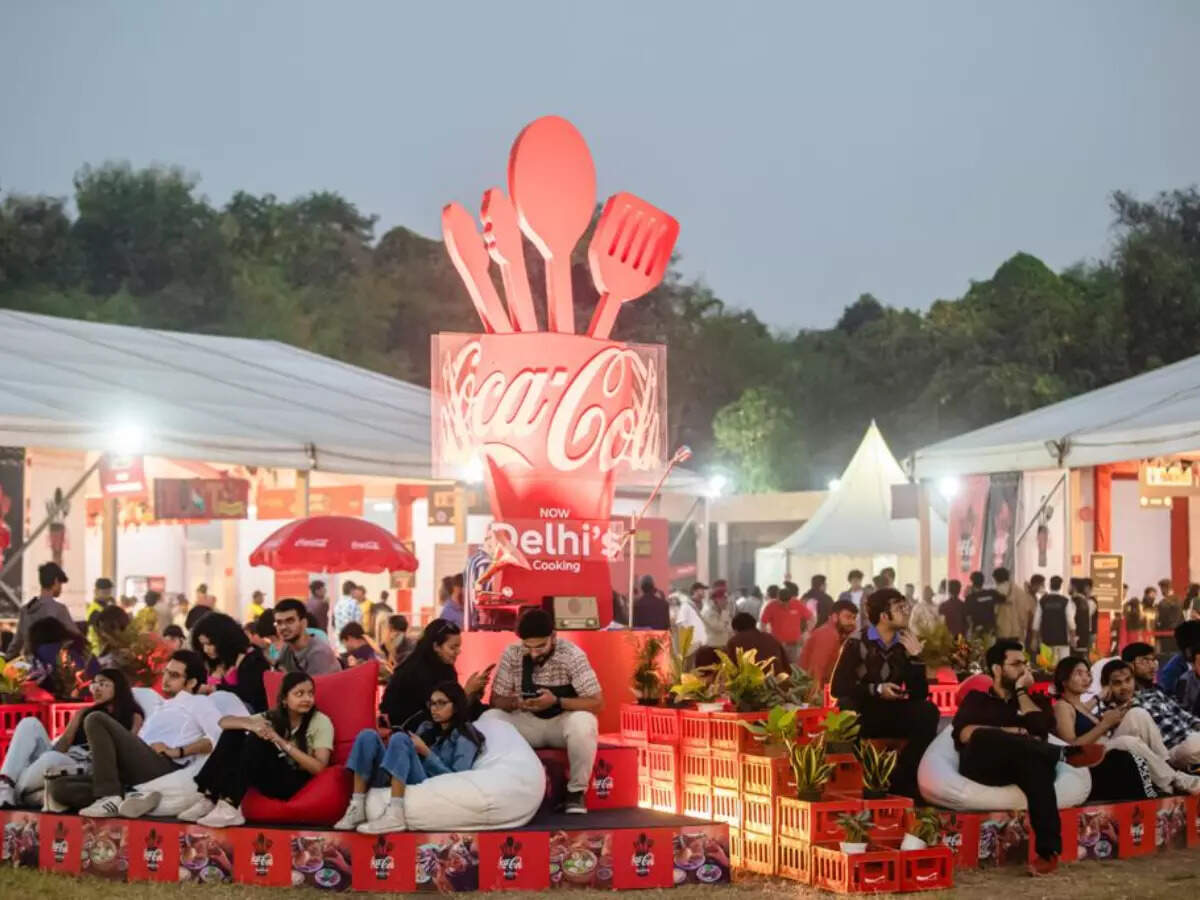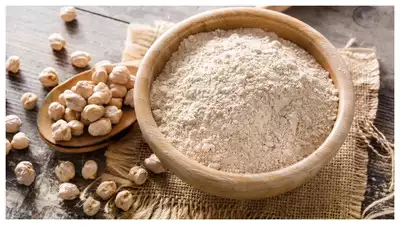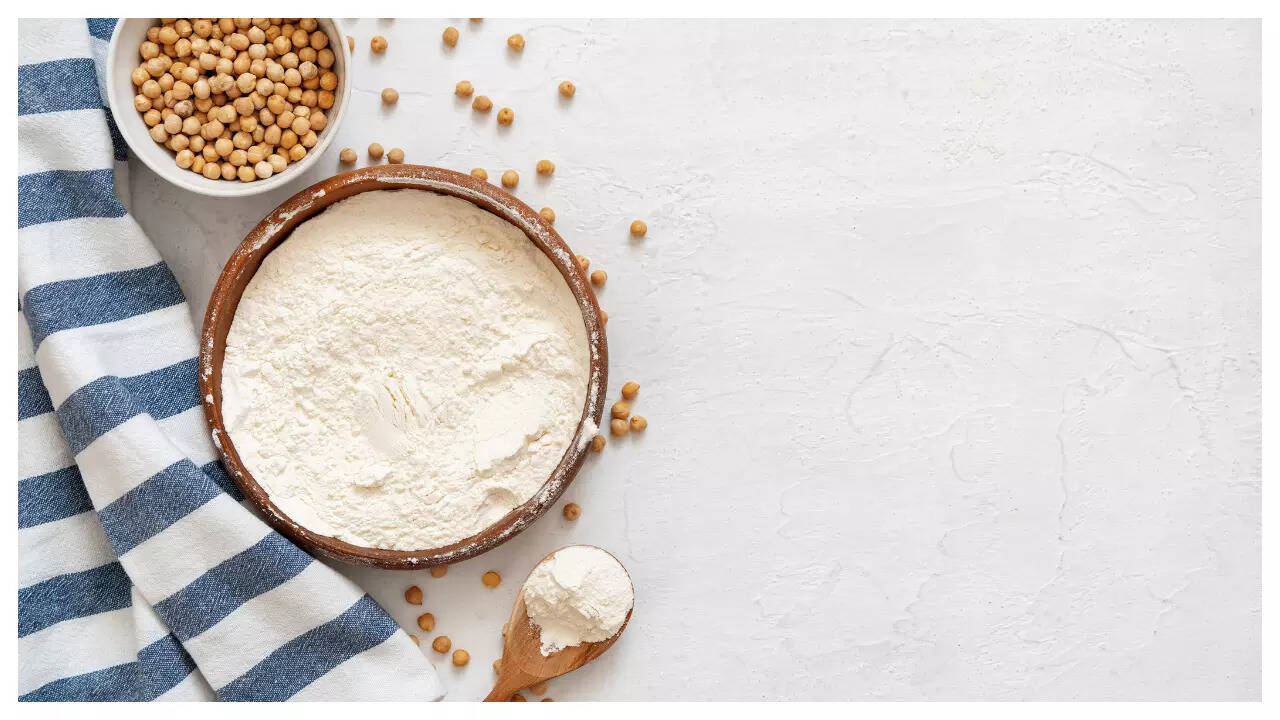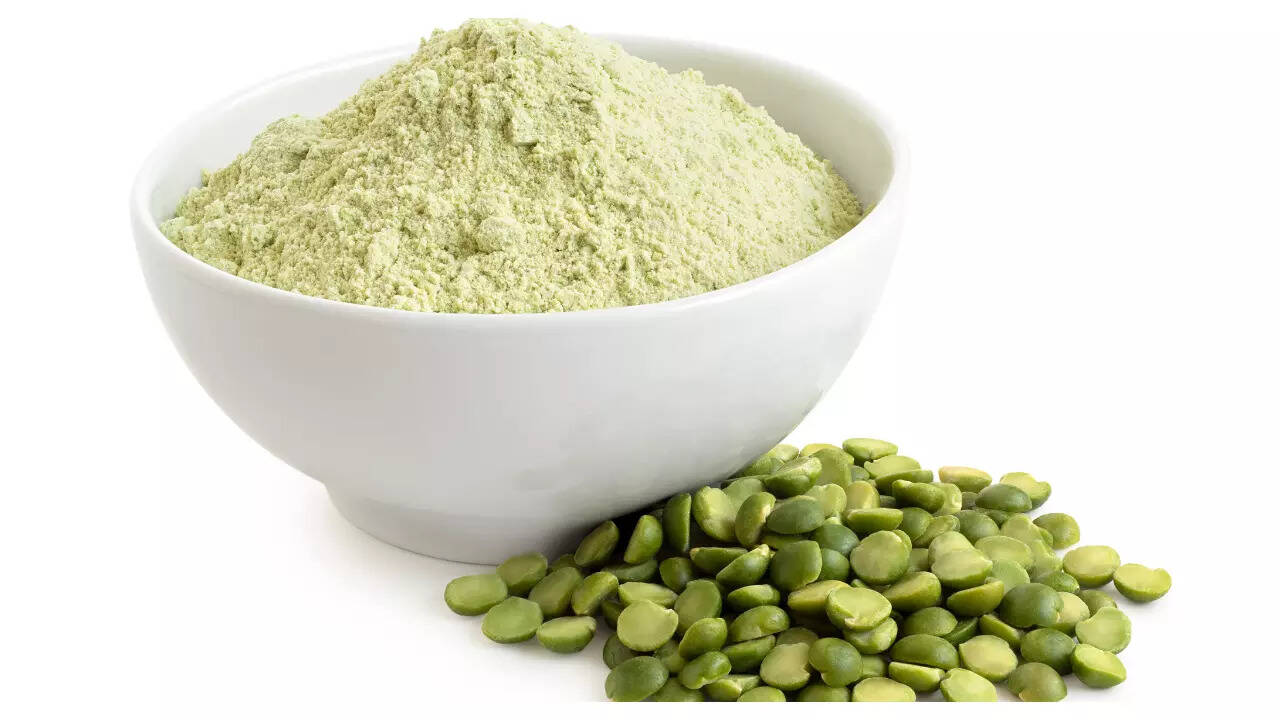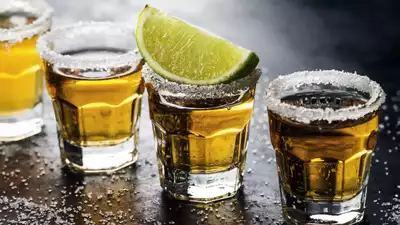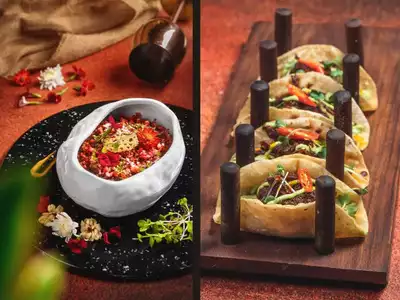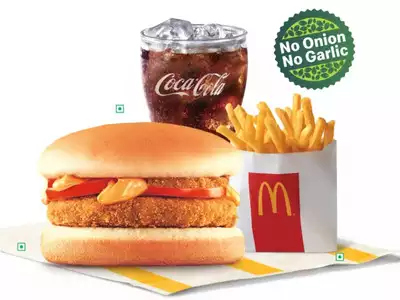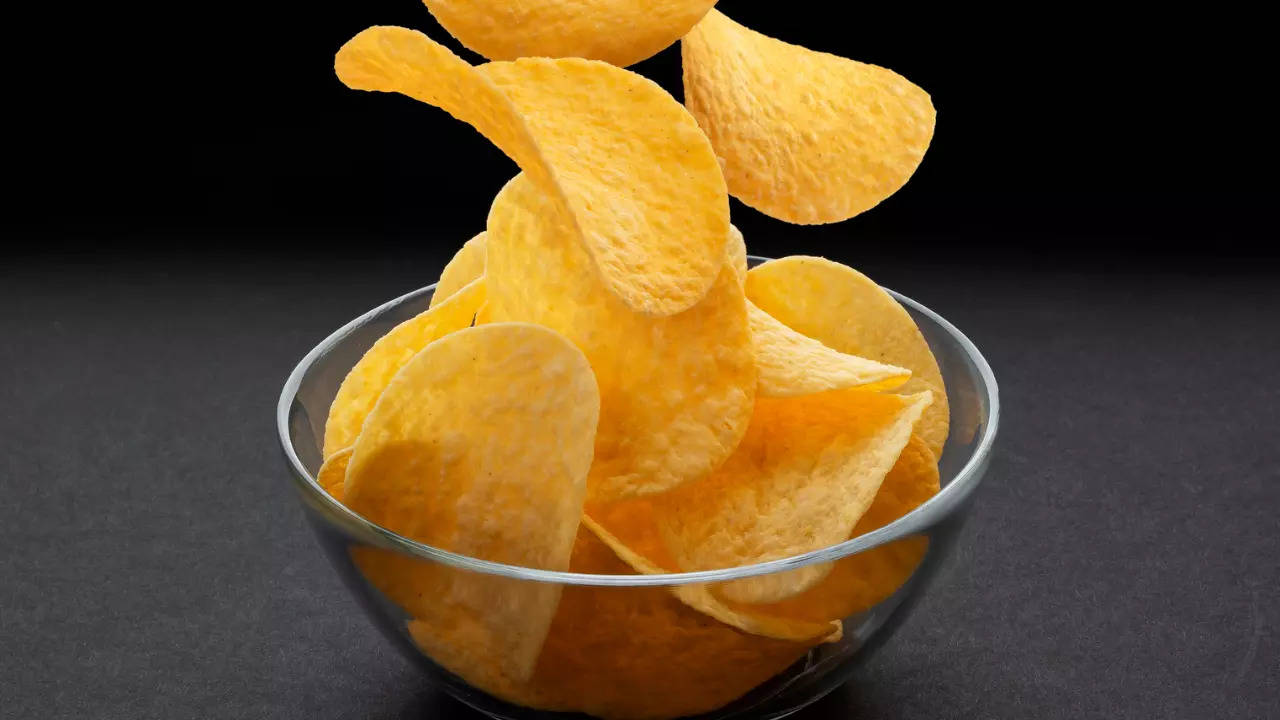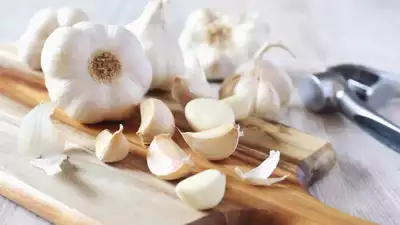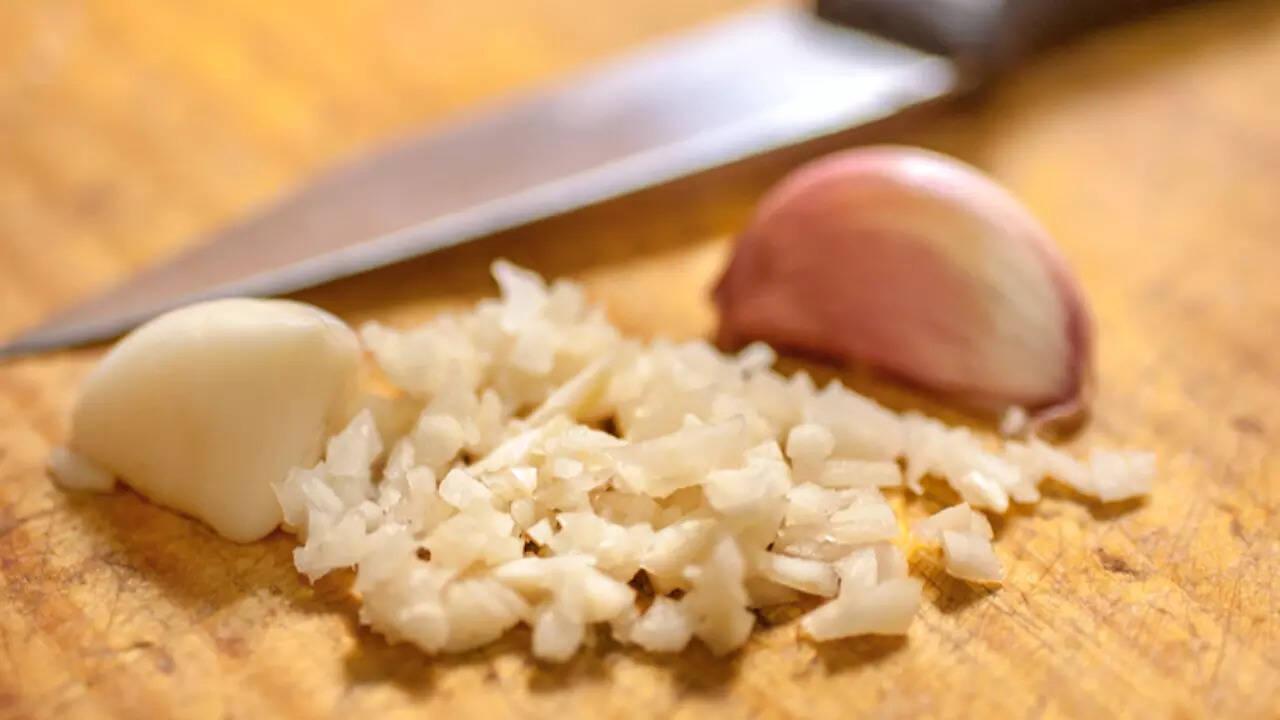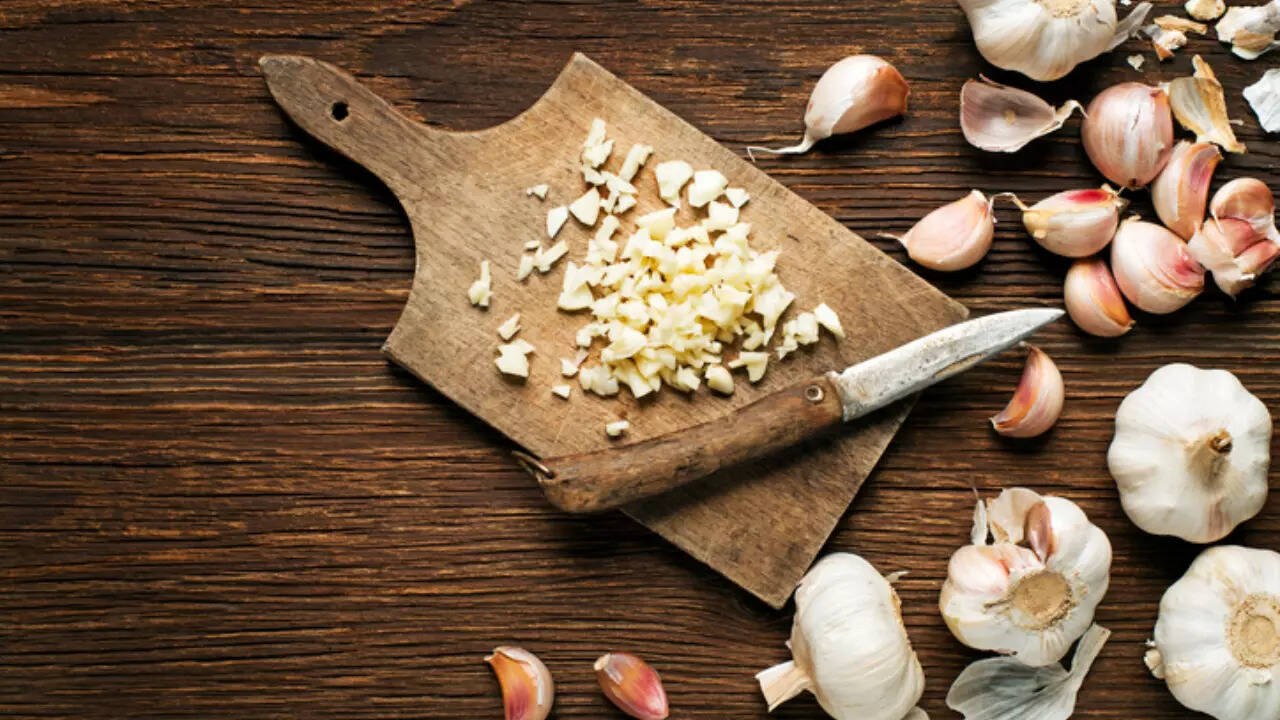At Jalsa Kolkata, culinary innovation meets Bengali tradition
It was a rainy evening, and my childhood friend Rupkatha and I had planned for a sophisticated night out. Just two girls from a tiny town, acting all fancy in the big city.
As we stepped into Jalsa, Rupu and I were instantly captivated by the fusion of modernity and tradition that defines this new Bengali gem in the heart of Kolkata. The black-and-white patterned tiles on the floor, the elegant chandeliers, and the vibrant pops of color accentuating the moody walls set the stage for a chic dining experience. Jalsa, brought to us by the minds behind PDT and Soba Sassy, had been on my must-visit list for a while, and the anticipation was palpable.
It’s true what they say, that sometimes the best things are worth the wait. Jalsa met our expectations and surpassed them. Rupkatha, a serious corporate lawyer and a true foodie, was equally delighted by the experience. We were about to embark on a special culinary journey.
Jalsa’s forte lies in its ability to infuse an unmistakable Indian essence into every aspect of its offerings, from the decor to the food and drinks. The beverage menu alone left us in awe, with ingredients like kahwa, marigold, and turmeric finding their way into enticing concoctions.
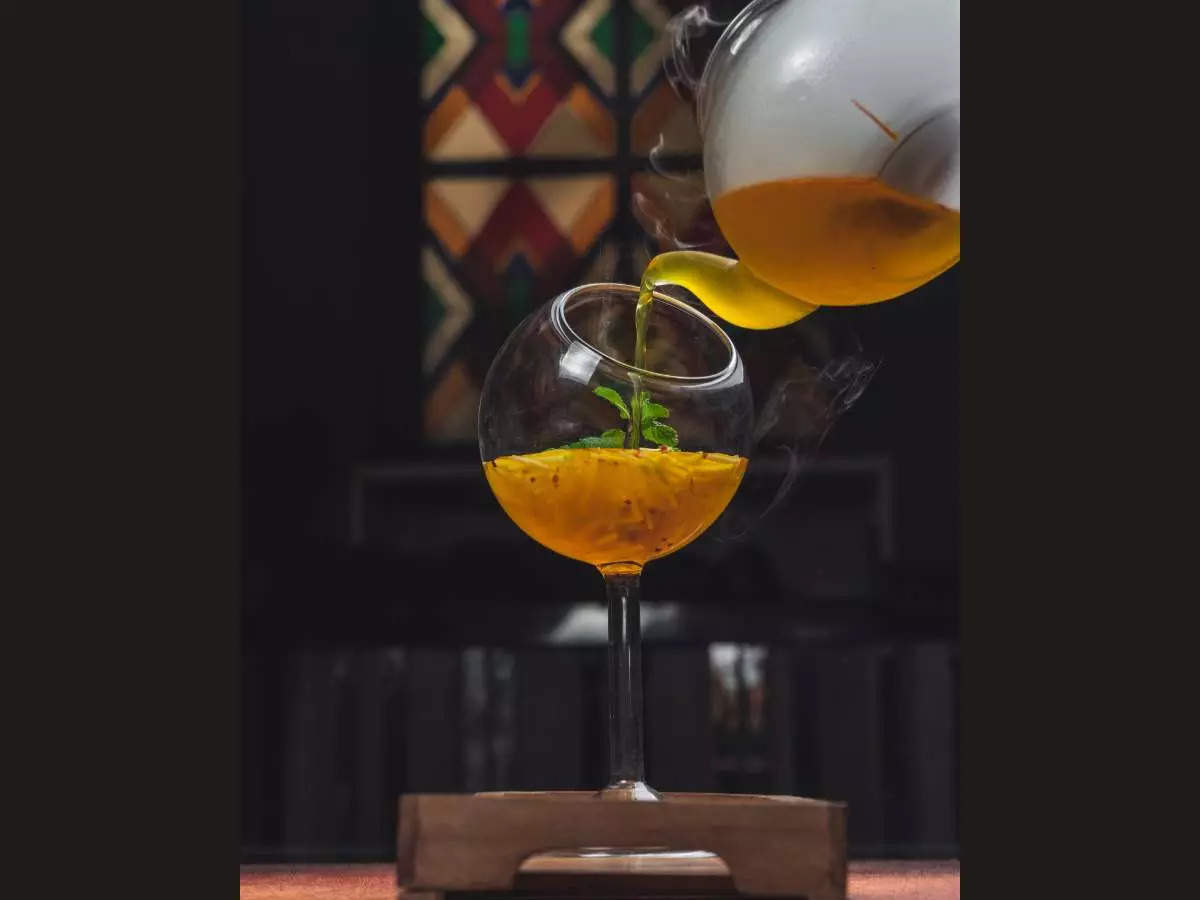
We decided to fully immerse ourselves in the experience by opting for the tasting menu, a choice that I believe is a first in Kolkata. It’s a brilliant way to explore the diverse flavours and culinary artistry that Jalsa has to offer.
Now, let’s get to the good stuff – the food. The journey kicked off with Avo Cornetto, guacamole served in a delightful charcoal cornetto. The plating was simply marvellous, as the dish looked looked like little guac icecreams suspended on an acrylic plate.
The Mango Tequila Bhetki came next, with the bhetki fish expertly prepared in a mango salsa and given a delightful tequila twist. The tangy notes were a perfect ode to the summer season.
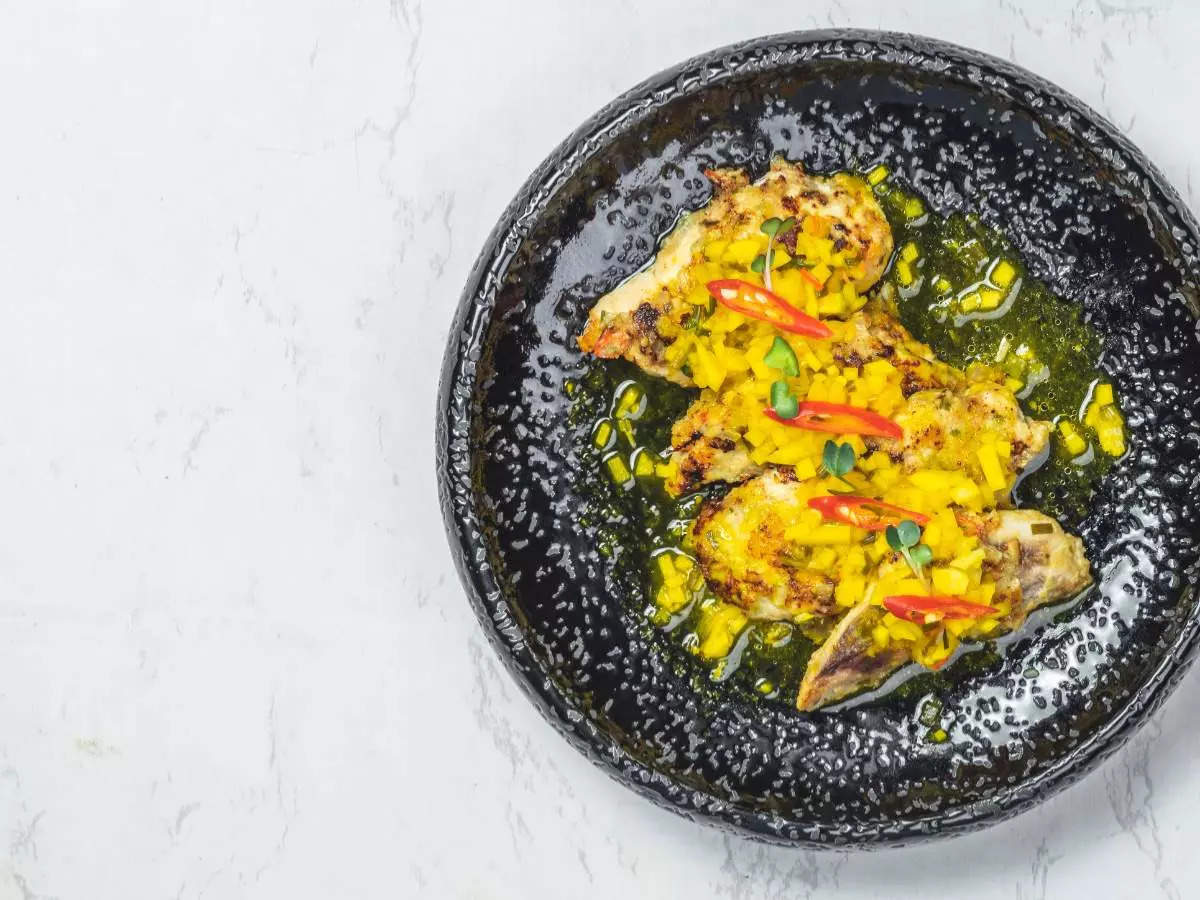
Next up were the Phulka Laal Maas Tacos, where Mathania chillies infused a slow-cooked mutton with fiery flavor. Served like a tostada, these single serves are a genius addition to the tasting menu. The presentation, too, was a feast for the eyes, with platters and service bowls crafted in ceramic or slate, adding an artistic dimension to every dish.
But what truly stole our hearts were the Kaali Jalebi Caviar. I couldn’t help but raise an eyebrow at the thought of ‘rabri’ with caviar, especially for dessert. However, my skepticism was promptly quelled. As I dug into what appeared to be black pearls resting alongside saffron ‘esfuma’ and a dollop of ‘rabri,’ the unexpected happened. The pearls, surprisingly crunchy, burst with the unmistakable taste of ‘jalebi.’ It was an exquisite delight, with activated charcoal masking the cardamom-flavored Jalebi pearls. The clever use of ‘espuma’ (foam in Spanish) added a unique touch to the dish without resorting to non-vegetarian emulsifiers.
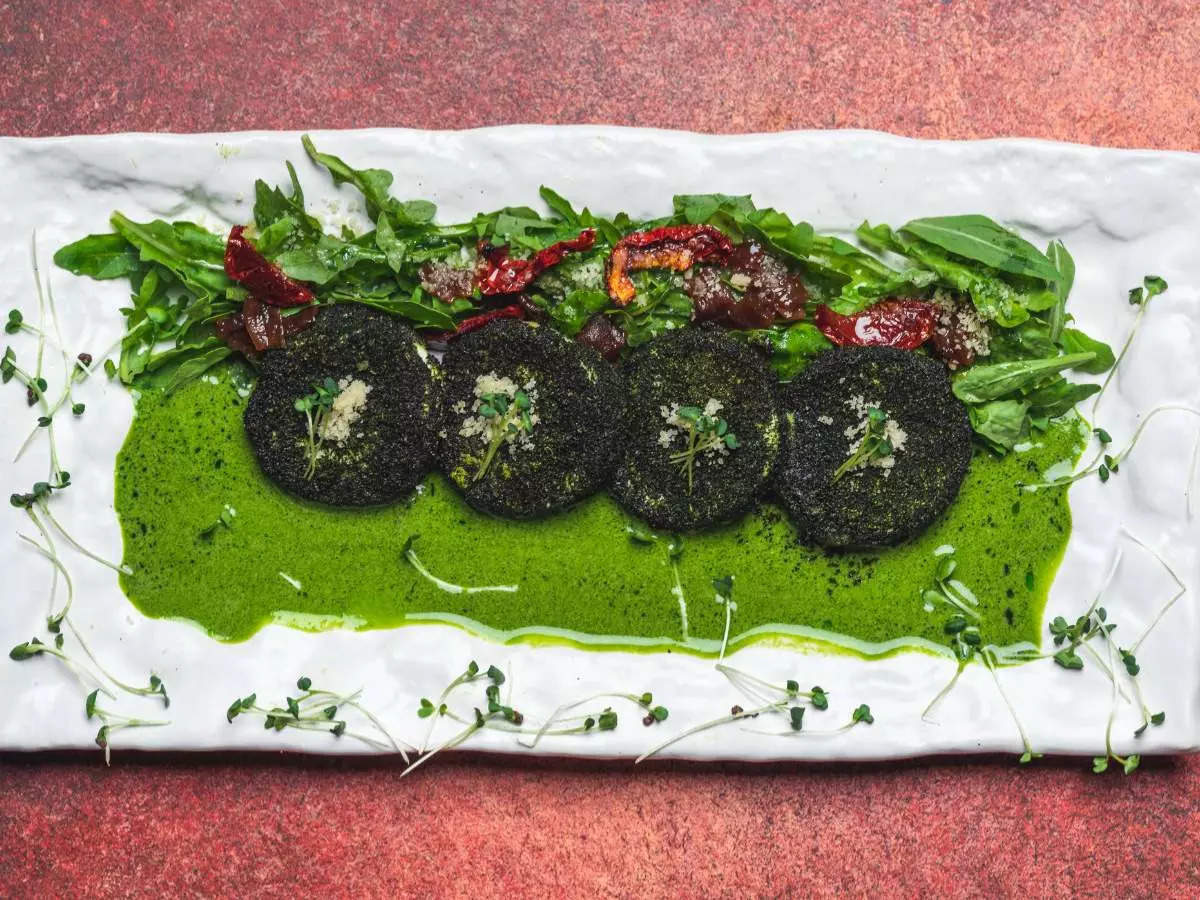
But Jalsa doesn’t just end with its innovative desserts. It finishes in quintessential Bengali style – with paan. This is what I won’t explain. You have to try to believe.
It’s important to note here that Rupu was five-months pregnant at the time and had her cravings justly satisfied with a meal long due.In a city renowned for its diversity, Jalsa stands out as a creative energy, preserving the essence of Bengali flavours while pushing the boundaries of culinary art.

